“As I was born and raised abroad, I hadn’t learned about Chinese culture and traditions so carefully. As an overseas Chinese, it is good to have such an opportunity to learn more about Chinese culture,” said Allen from Singapore on a visit to a digital art gallery themed around intangible culture heritage. Pictures of the 24 solar terms captured his interest.
Nearly 20 Singaporeans in Shanghai had a cultural tour around the Exhibition Hall of the Intangible Cultural Heritage at Moe Town in Bingo Plaza on Saturday, July 17.
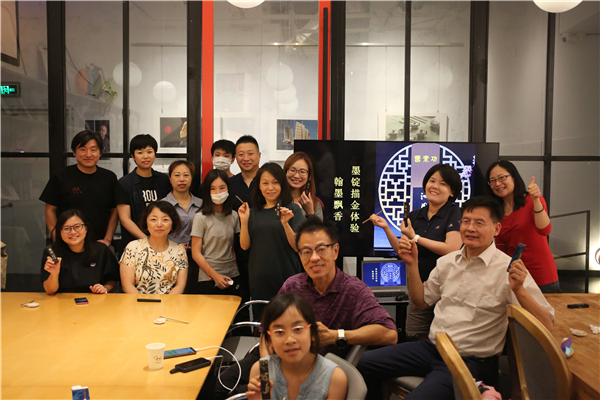
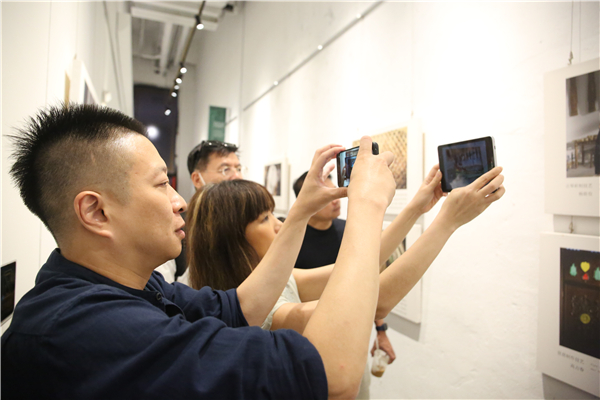
This is the third of a series of activities for expats in town, organized by the Shanghai People’s Association for Friendship with Foreign Countries (SPAFFC) and the Shanghai Intangible Cultural Heritage Protection Center. People were gathered at Shanghai’s first intangible culture image base and enjoyed HD videos of China’s intangible culture heritage made by Shanghai Ximeng Culture Media Company. “I live opposite to this plaza, but I had no idea of this place,” said Mr. Kho from the Singapore Chamber of Commerce in China (Shanghai). He is also a member of the Singapore China Association.
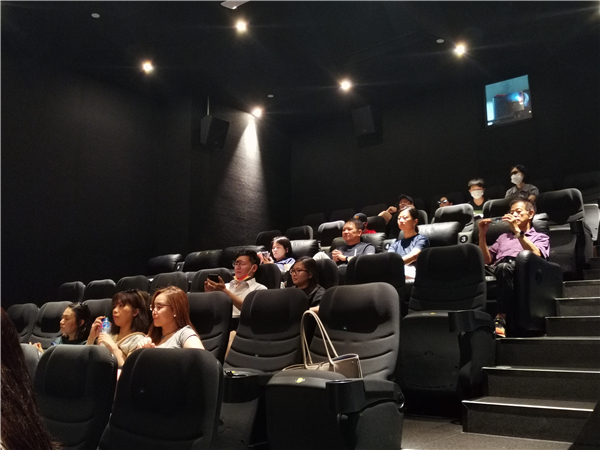
At OMS Theater, China’s first HD theater exclusively for screening intangible culture films, the expats understood that intangible culture heritage is everywhere, integrated in our daily lives. They were also impressed by the artists’ craftsmanship and splendid Chinese culture. Allen, a descendent of Fujian migrants to Singapore decades ago, shared his feelings: “As an artist mentioned in the film, the key to his artwork lies in two factors: perseverance and endurance, which I think are important elements of Chinese culture.”
“This year marks the 10th anniversary of the Intangible Cultural Heritage Law of the People’s Republic of China. I’m glad to see that over the past decade, the country has increased its protection of intangible cultural heritage,” said Hua Linglei, founder and CEO of Shanghai Ximeng Culture Media Company. For the past four years, Hua and his team have focused their camera on Chinese craftsmen and created an exhibition titled “The Craftsman of the Hundreds” by combining AR technology and classical arts. After scanning the pictures on display, people will see different videos telling the stories of craftsmen.
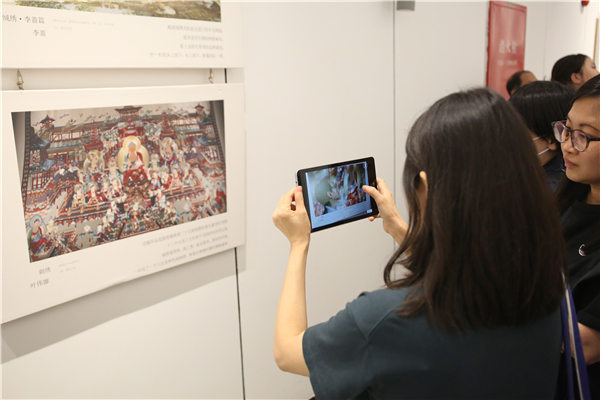
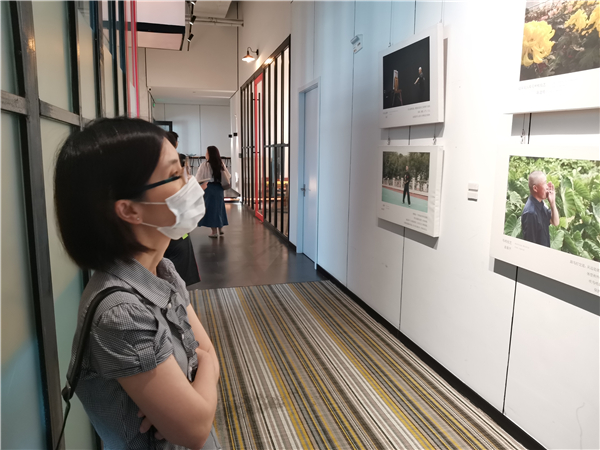
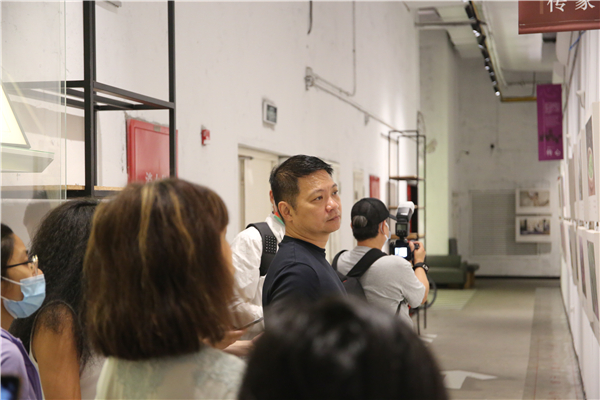
Afterwards, the expats had a closer interaction with Shanghai’s cultural heritage. They tasted Dong Tai Xiang Pan-Fried Buns and learnt how to make a fine Huizhou ink stick with gold paint.
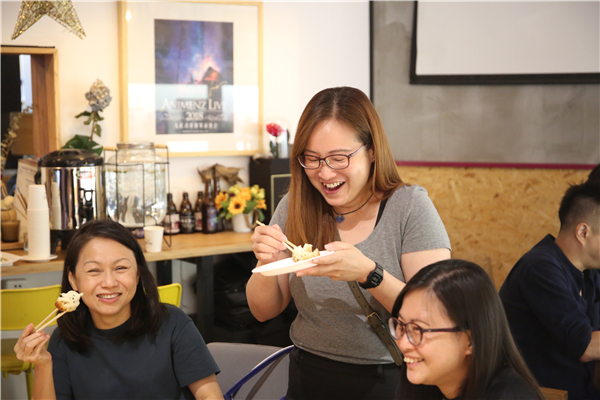
One of the expats shared his feelings about Shanghai’s pan-fried buns (shengjian). Having lived in Shanghai for two decades, he knows which vinegar is best to match the buns. There are pan-fried buns and pot stickers (guotie) in Singapore, but the vinegar is not right,” he added.
Gold painting is the key step in making a Huizhou ink stick. While painting the gold ink on the ink stick, many of the Singaporeans turned on the flashlight of their mobile phone to look at the patterns more clearly. “This is not only a test of eyesight, but also a test of patience!” some of them said.
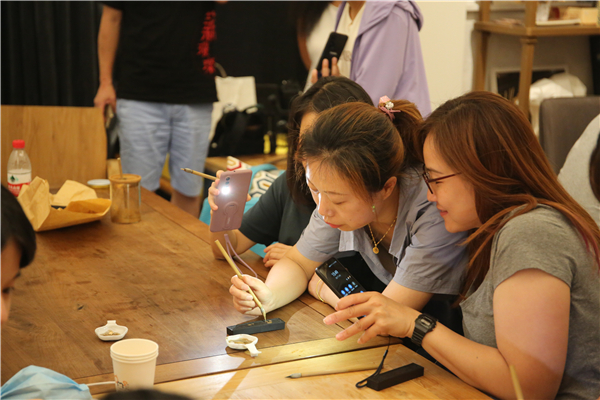
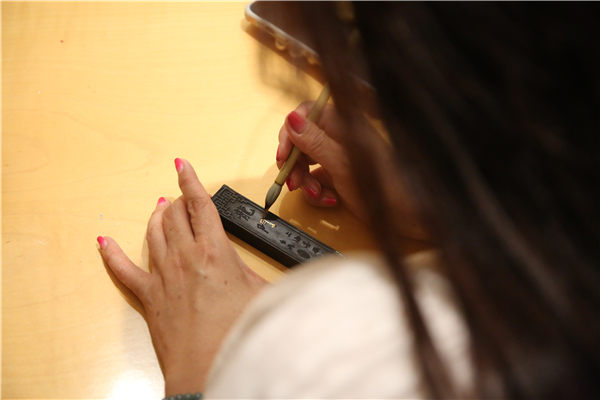

“Intangible cultural heritage is the traditional beauty and wisdom that permeates daily life,” said a representative from the Shanghai People’s Association for Friendship with Foreign Countries. She hopes the expats can better perceive and understand the city of Shanghai where we live together while experiencing the Chinese intangible cultural heritage.
(Photos partly by Shanghai Ximeng Culture Media Company)
